Discover and read the best of Twitter Threads about #mathschat
Most recents (13)
Either side of half term I've been teaching vectors to Yr 10 higher.
I wanted to put a thread together on how I scaffold the leap to vector algebra, and how vector algebra is a lovely vehicle for interleaving.
#mathschat
I wanted to put a thread together on how I scaffold the leap to vector algebra, and how vector algebra is a lovely vehicle for interleaving.
#mathschat

I did loads of vector thinking a couple of years ago, especially prompted by @danicquinn's #mathscpdchat in Nov 2019
We then taught vectors in y11, around the same time as translations.
Later, I moved it to y10, straight after ratio and algebra work
We then taught vectors in y11, around the same time as translations.
Later, I moved it to y10, straight after ratio and algebra work
Factorising non-monics
I had read about doing this before factorising monics.
So I gave it a go.
Fans of #donsteward 's boxes (donsteward.blogspot.com/2019/02/boxes-…) will like this!
This is y10 set 2 aiming for grade 6/7. Some of them will do A-level.
#mathschat #mtbos #mathscpdchat

I had read about doing this before factorising monics.
So I gave it a go.
Fans of #donsteward 's boxes (donsteward.blogspot.com/2019/02/boxes-…) will like this!
This is y10 set 2 aiming for grade 6/7. Some of them will do A-level.
#mathschat #mtbos #mathscpdchat


I appreciate this is leaving nothing to chance, direct teaching. This took four lessons in total.
I was a little delayed, when, halfway through the week almost half the class got put into self-isolation and I was teaching it blended with 13 at home and 16 in the classroom.
I was a little delayed, when, halfway through the week almost half the class got put into self-isolation and I was teaching it blended with 13 at home and 16 in the classroom.
I'd written about this approach here in theory logsandroots.wordpress.com/2020/10/11/way…
based upon a tweet by @DrStoneMaths here:
so this week has all been about putting this plan into action.
based upon a tweet by @DrStoneMaths here:
so this week has all been about putting this plan into action.
Hi teachers and parents 👋 I have complied a short list of useful online maths tools and virtual manipulatives to assist you with distance learning. I have included the curriculum area and suggested what class group they would be most suitable for. See below! #mathschat #edchatie
This website allows you to create a graph. Useful for 5th/6th class. Children can create pie charts, bar charts, etc. adding in their own data and designing and labelling the X and Y axis themselves. Charts are easily saved.
nces.ed.gov/nceskids/creat…
nces.ed.gov/nceskids/creat…
Online protractor. Useful for 5th/6th class. The teacher can use screen sharing to how to use a protractor. Children who do not have a protractor at home can use this to measure angles.
teacherled.com/iresources/sha…
teacherled.com/iresources/sha…
"Exploring different infinities" (since @mauropm & @gnuowned) told me they did no understand when they invited me to their podcast @openenchilada).
The idea of this thread is to show you easily that there are different infinities [...] #mathematics #mathschat #math #maths
The idea of this thread is to show you easily that there are different infinities [...] #mathematics #mathschat #math #maths
Lets start with the set of natural numbers IN={1,2,3,...} the size of this set is ℵ0 (aleph-0) which is the first infinity. We want to compare this infinite set with others. But first, how do you know when a set A has the same size as a set B without counting? [...]
Imagine a dance party, in one side you have the set M of men & in the other side the set W of women. You would like to see dancing pairs of people of different sex. If you generate the pairs and EVERYBODY is dancing then you can say that |M|=|W| (both have the same size) [...]
Whether you’re remaining, returning or starting in your Reception class this academic year, we have got a thread to signpost some of our free EYFS maths resources available…
#primarymaths #NQT #edutwitter #backtoschool #mathschat #EYFS
#primarymaths #NQT #edutwitter #backtoschool #mathschat #EYFS
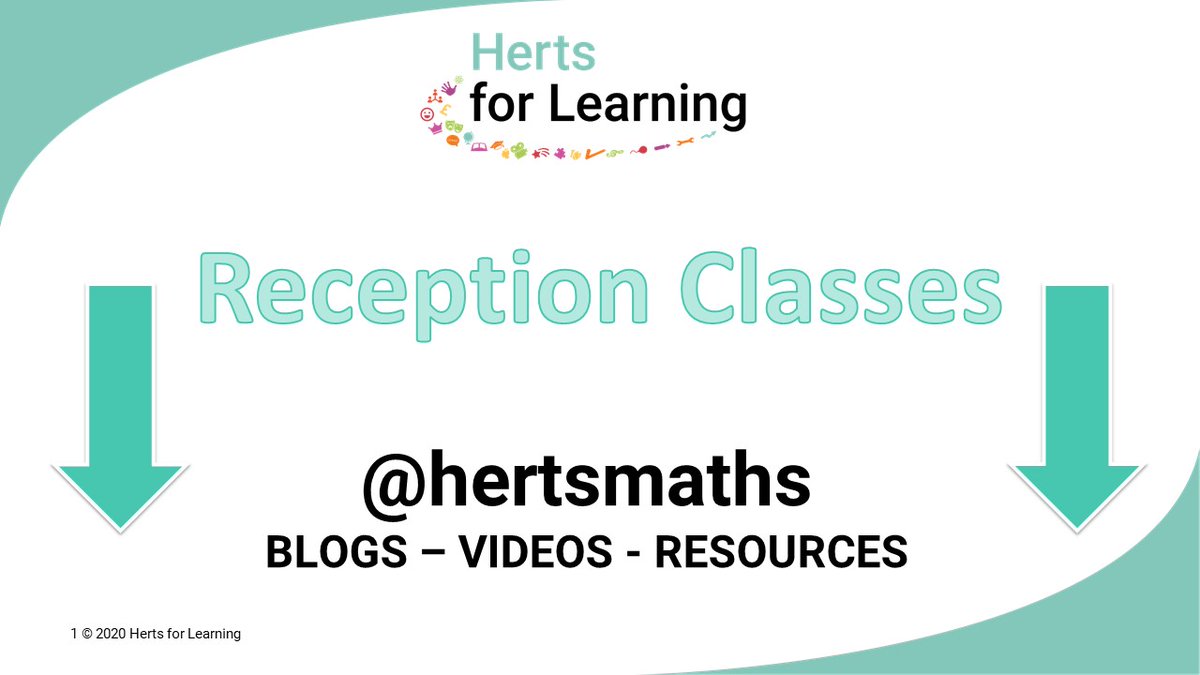
This blog examines a range of potential mathematical opportunities within play including subitising, counting, comparing, classifying and regrouping: hertsforlearning.co.uk/blog/lets-talk…
This video is great for Reception & KS1 alike to explore adding one more and finding one less to a range of numbers. Opportunities to explore number magnitude, order of numbers & practise lots of vocabulary.
Year 6 teachers of the world unite! Whether you’re remaining, returning or starting in Year 6 we have got a #year6support maths thread to signpost some of our free year 6 resources available…
#primarymaths #NQT #edutwitter #backtoschool #mathschat
#primarymaths #NQT #edutwitter #backtoschool #mathschat
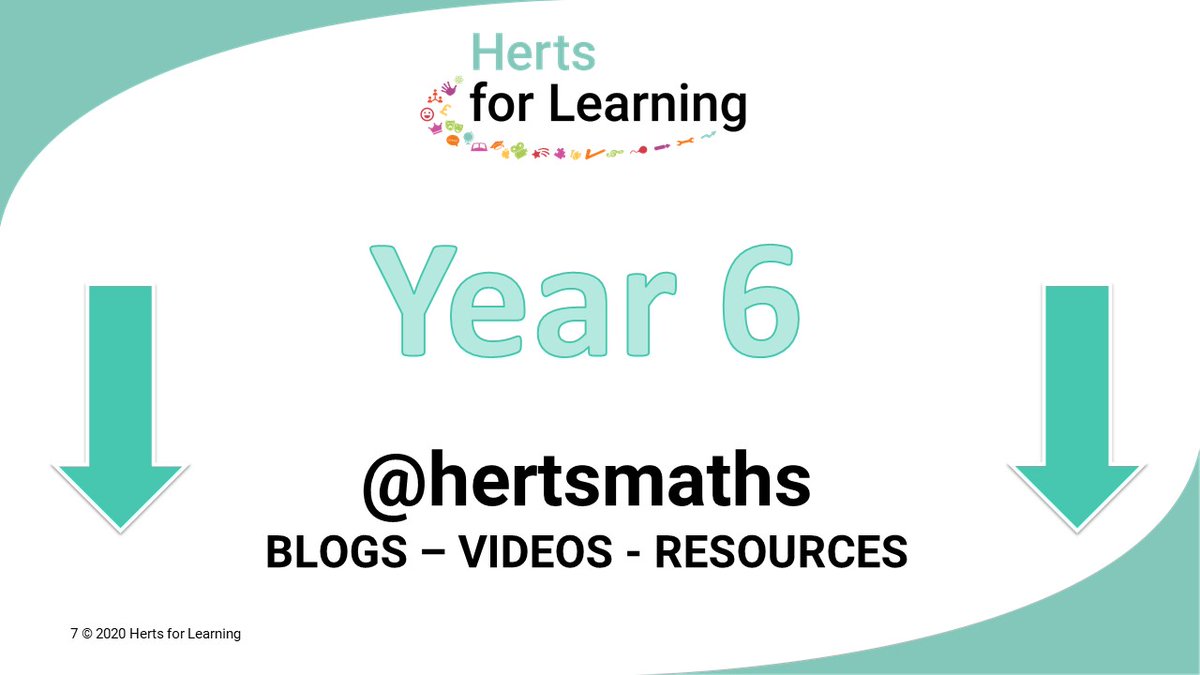
Just under a year ago, Laura Dell focused on the skills needed to tackle the KS2 SATs Reasoning papers by looking at ‘representing’ and ‘re-presenting’ maths problems: Read more here: hertsforlearning.co.uk/blog/ks2-sats-…
This KS2 game focuses on place value, decimals & rounding & can be easily adapted to add support/challenge. Despite the simplicity, there are lots of opportunities for pupils to apply other mathematical skills &through careful questioning:
Year 5 teachers, assemble! To help you support pupils transition into year 5 we have created a thread to support teachers, NQTs, newbies, returners & experienced UKS2ers…
#primarymaths #NQT #edutwitter #backtoschool #mathschat
#primarymaths #NQT #edutwitter #backtoschool #mathschat
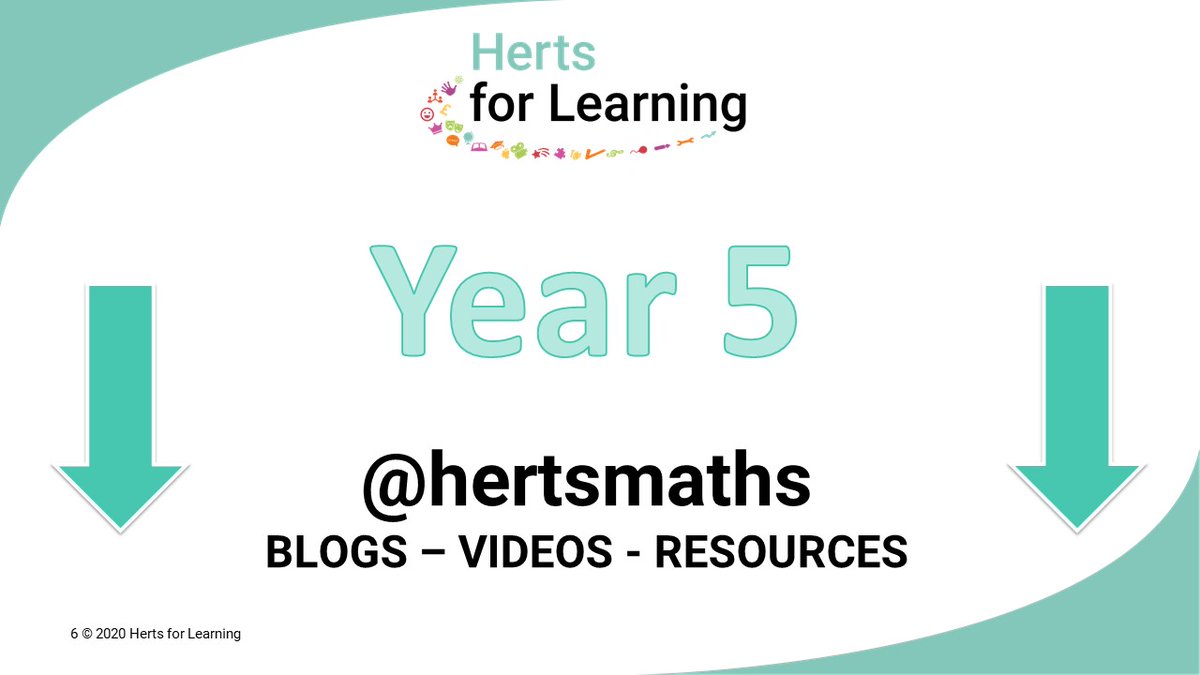
This blog from the summer term focuses on non-digital games requiring minimal resources (pencil and paper, dice, dominoes or cards). ttps://www.hertsforlearning.co.uk/blog/get-your-game-face-why-maths-games-ks2-children-provide-great-practice
Talking of gaming, this video is packed full of multiplication games to revisit and sharpen up the facts secured in LKS2:
Calling Year 2 teachers! Whether you’re remaining, returning or starting in Year 2 we have got a maths thread to signpost some of our free Year 2 resources available…
#primarymaths #NQT #edutwitter #backtoschool #mathschat
#primarymaths #NQT #edutwitter #backtoschool #mathschat

Reactivating and building on from learning from year 1 is going to key and this blog includes simple but effective ways of using games involving dice, dominoes and cards: hertsforlearning.co.uk/blog/dice-domi…
This video includes an excellent collection of fun KS1 games - all targeted to improve children's number sense. Lots of opportunity for consolidating language & assessment:
Providing a smooth transition between the EYFS & year 1 will be more important than ever this year. We have created a thread for teachers, NQTs, newbies, returners &anyone interested in the wonderful world of Year 1 maths…
#primarymaths #NQT #edutwitter #backtoschool #mathschat
#primarymaths #NQT #edutwitter #backtoschool #mathschat
This blog first published in 2018 remains popular, with practical examples of how to develop manageable and meaningful mathematical recording in KS1: hertsforlearning.co.uk/blog/year-1-ca…
This is great for Rec & KS1 children. This is a tug of war style game where children get the chance to explore adding one more and finding one less to a range of numbers. Opportunities to explore number magnitude, order of numbers & practise vocabulary.
Year 4 can sometimes feel like the ‘inbetweeners’ of primary. Not quite UKS2 but miles away from KS1. It's a great place to be though & we have created a Year 4 thread to support teachers, NQTs, newbies, returners & experienced LKS2ers… #primarymaths #NQT #edutwitter #mathschat 
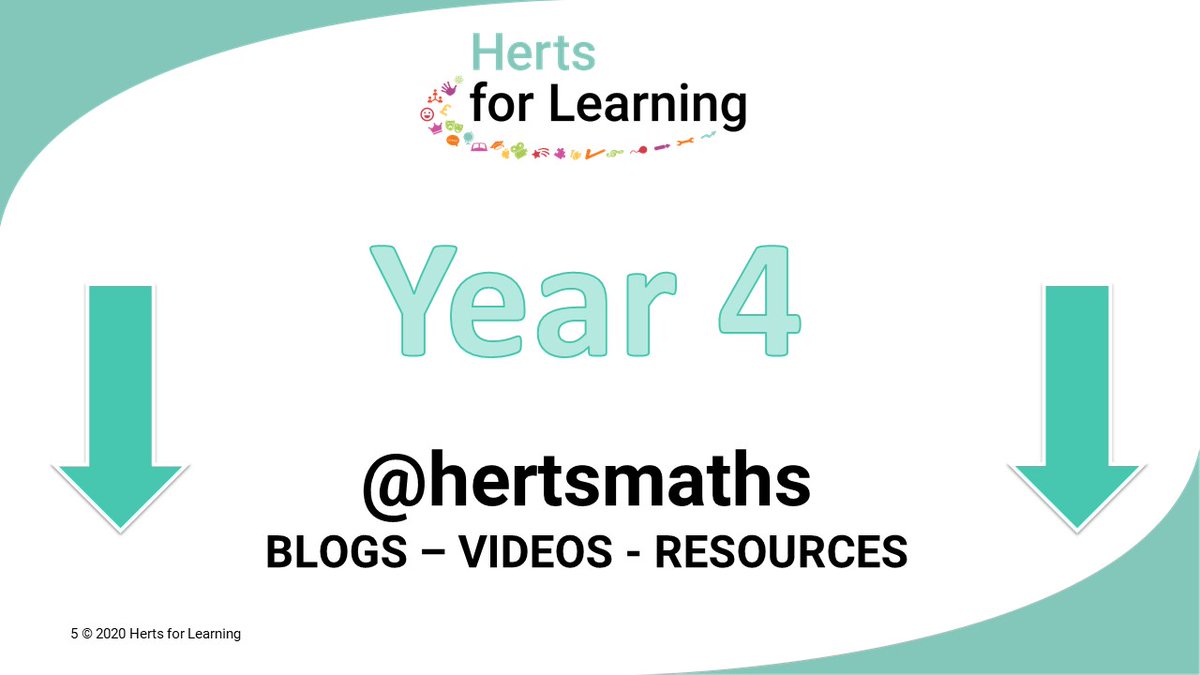
The NC expectation for the end of year 4 is recall of multiplication facts to 12 x 12. This blog provides practical advice to support the recall, and crucially the understanding, of the times table facts: hertsforlearning.co.uk/blog/starting-…
The video demonstrates how the remainder game can be a fun way to explore what happens in division. Children explore the number in each group (when sharing) or the number of groups (when grouping) and remainders.
Who's in year 3 this year? The step into KS2 can be a big leap for some pupils. We have created a Year 3 thread of some of our best bits to support teachers, NQTs, newbies, returners & experienced LKS2ers…
#primarymaths #NQT #edutwitter #backtoschool #mathschat
#primarymaths #NQT #edutwitter #backtoschool #mathschat
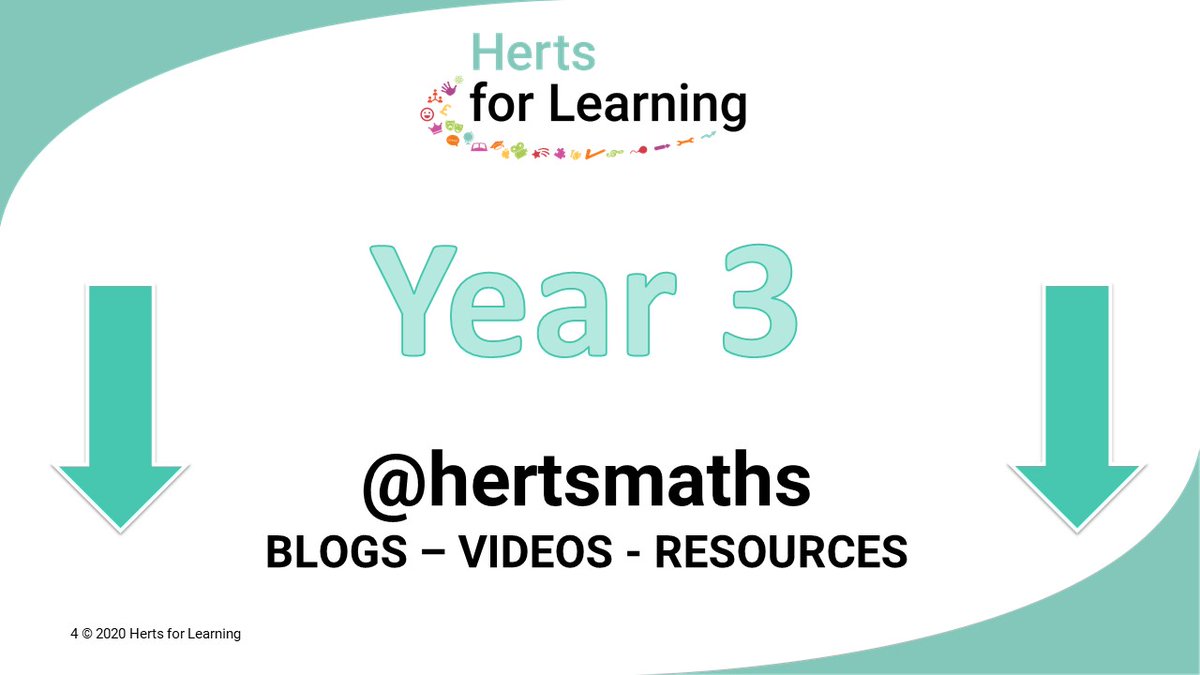
As pupils move into KS2, gaps in a true understanding of place value can creep out. This blog examines how securing regrouping ten ones for a ten when counting up, and regrouping ten ones for ten when counting down, can support more complex calculations: hertsforlearning.co.uk/blog/cant-calc…
Fancy a game? ‘How to place race to 100’ is perfect for reactivating knowledge from year 2 and providing an invaluable assessment opportunity:
Have you ever wondered what the percentages mean in those road signs about an upcoming gradient change? I know I have! Maths teachers, here is what I discovered... #mathschat @standupmaths 

You might have some guesses about what the percentages mean. Does it mean the percentage change of the gradient? Is it the percentage of an angle? Is it to do with how you should adjust your speed? Alas, none of the above. 

In order to understand their origin, we must first travel to the mid-1970s where the gradient signs showed not percentages but ratios! How fascinating! Apparently some of these old signs still exist and I would love to find them.
THREAD: @olicav's Recount and recall - Dual coding in practice in the maths classroom.
Process: Teacher reveals diagrammatic schema piece by piece with some narration, pausing at intervals to allow student to copy the diagram. 1/n #mathschat
Process: Teacher reveals diagrammatic schema piece by piece with some narration, pausing at intervals to allow student to copy the diagram. 1/n #mathschat
@olicav TRACING: Students get in pairs. Each student places their finger on the page at the centre and traces along the paths. One must explain out loud what that part of the diagram is related to in as much detail as possible. The other traces and listens. 2/n
@olicav The students then swap rolls for the other half of the diagram. Both still tracing but the listener is now the narrator.
Students then practise retrieval by covering the diagram and trying to complete as much as they can from memory. 3/n
Students then practise retrieval by covering the diagram and trying to complete as much as they can from memory. 3/n




